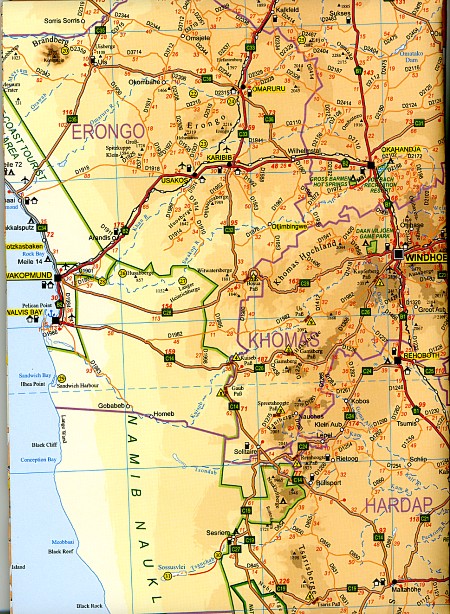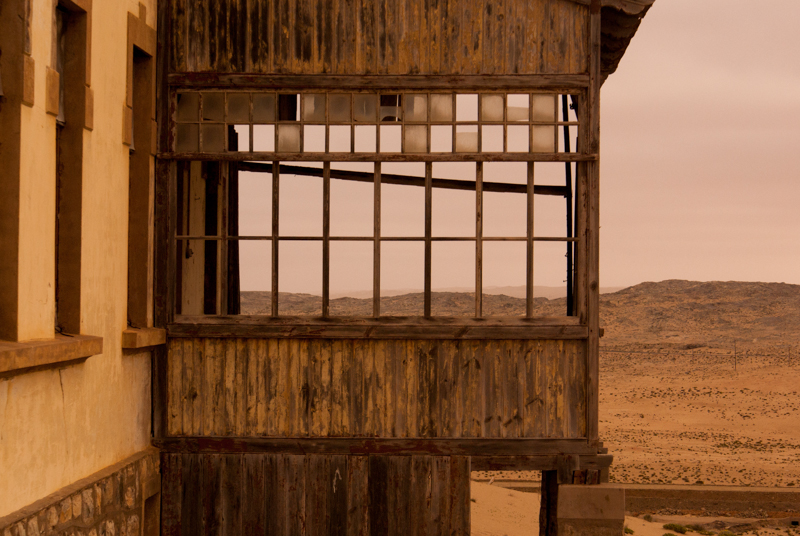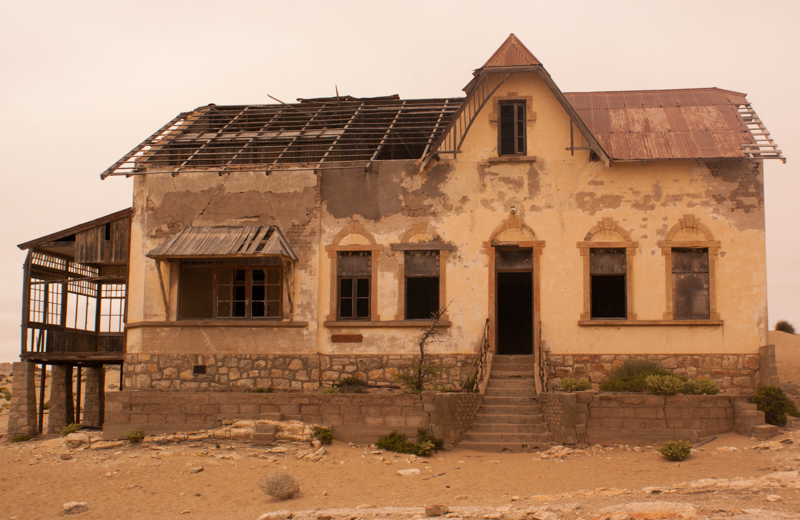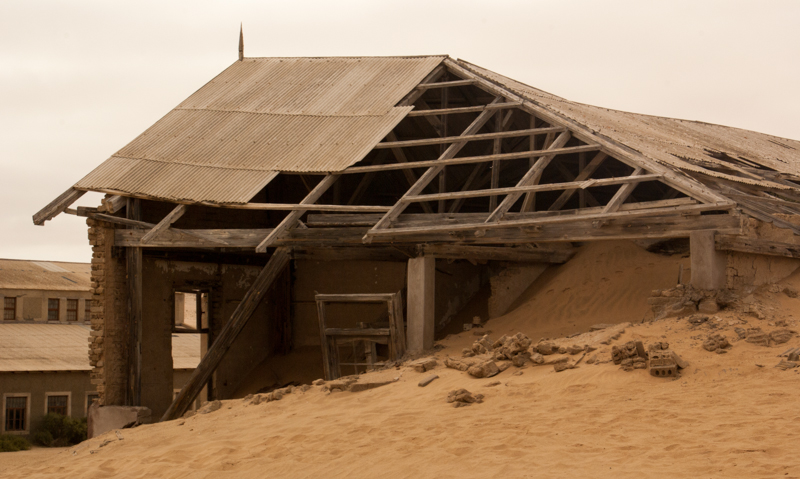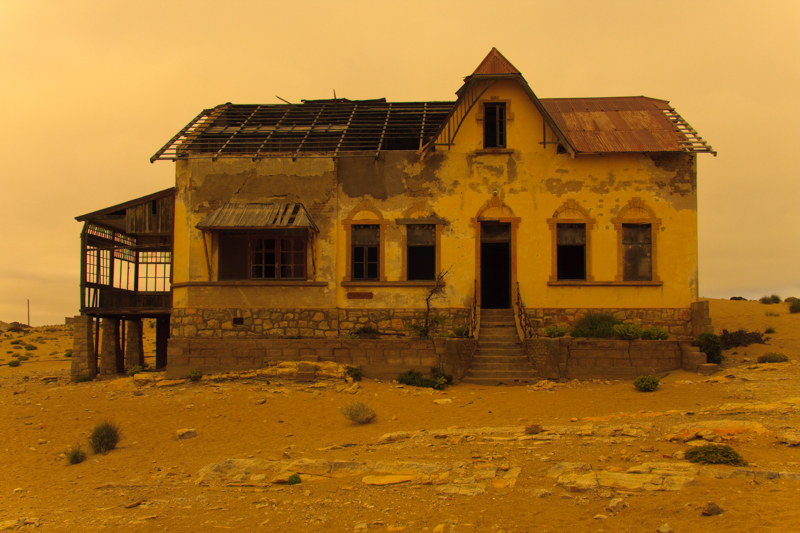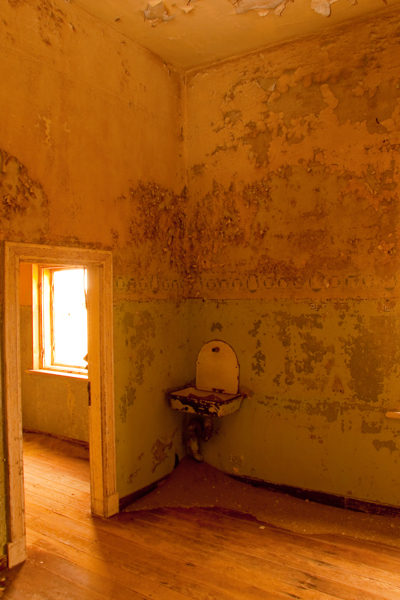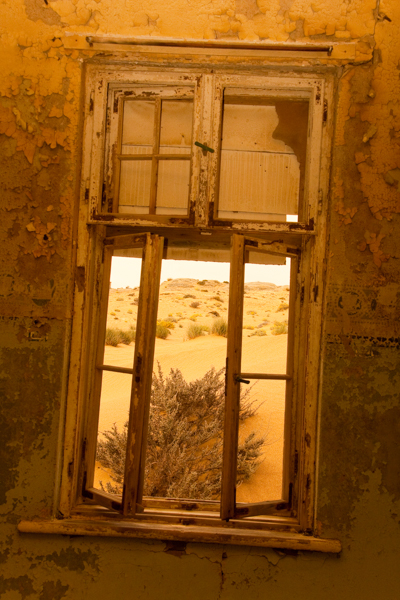Film buffs might be interested to know, that in 2000, the film, The King Is Alive, was filmed in Kolmanskop, with the town being utilized as the film's main setting. The town was also used as one of the locations in the 1993 film, Dust Devil.
After obtaining your permit you can drive out to Kolmanskop and join a guided tour, which not only provides the history of the former mining town, but about the diamond industry today as well. After a short introduction and visit to the more important buildings, visitors are allowed to explore Kolmanskop on your own. Timings are:
• Monday – Saturday 09h30 and 11h00
• Sunday and public holidays – 10h00.
Most of guided safaris which visit Luderitz include an excursion to Kolmanskop, if you are self driving in Namibia and spend any time in Luderitz a visit to Kolmanskop should be on your itinerary.
This tour can not be pre-booked but can be arranged on your arrival in Luderitz.
OK Back on the road heading north.
where to next?
